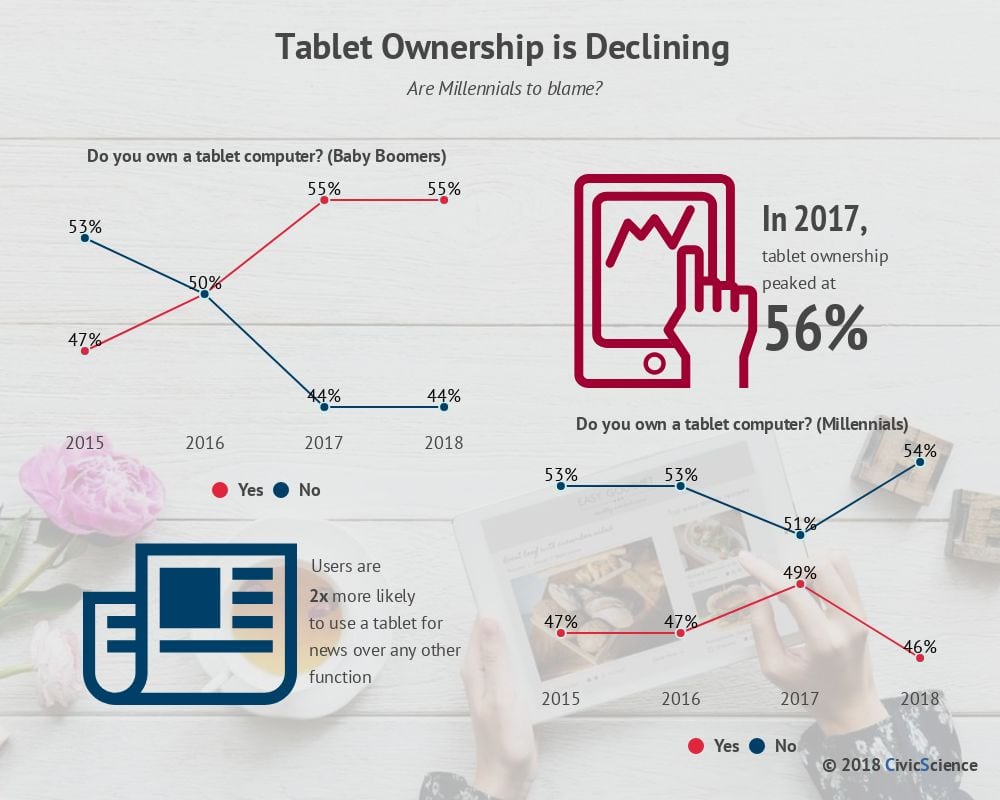New Wave As Apple Ditches Cat Names For Mac
Like many technology companies, Apple employs 'code names' for various projects (for example, earlier versions of Mac OS and related projects were named after American composers: Gershwin, Copland, etc.). The Mac OS X project started with version 10.0, code named 'Cheetah.' 10.1 was known internally as 'Puma.' By the time 10.2 'Jaguar' was nearing release, the big cat names had practically become common knowledge among the Mac community, and Apple's marketing started including the names officially as part of the released product. Macs can use a 2 different softwares.

Of course what this logically leads up to is the necessity for a whole new wave of lightning-based audio peripherals or at least a buildup of the already existing base, as probably even Apple. Red alert game for mac.
The hope is that new models from Apple and Sony will lift sales again. Apple will be releasing its new wave of Ipods next week. WiFi ditches nonsense version names for easy numbers. I can only assume that Apple does not have a position on prostitution either, seeing that there are two TV shows available on ipads and iphones that are on the topic of prostitution. “Hung” is a fiction show, and “Cat House” is a reality show.
Mac OS X is what is used for computers from 1999 on. Mind you- the first version of Mac OS X was made around the time that Mac OS 8 had come out. And then there's Mac OS. Now that's what you call 'primitive'. Mac OS was different from most other computers. It ac tually had a graphical interface, and it actually came with a mouse and keyboard.
Mac OS started in 1984, then ended in 2001. If you actually use a modern-day Mac, you'll never see Mac OS in your life. Today, we use Mac OS X Version 10.6 Snow Leopard, if that was the question you were asking. NMacintosh ('Mac') computers, manufactured by Apple Inc., use Mac OS X (the 'X' is a Roman Numeral, and is pronounced 'ten'). The current version of Mac OS X, introduced in October 2007, is Mac OS X 10.5 'Leopard,' currently at revision 10.5.5 (at this writing, November 2008 ).
NPast versions of Mac OS X include: n. NMac OS X 10.4 'Tiger' - introduced in April 2005 nMac OS X 10.3 'Panther' - introduced in October 2003 nMac OS X 10.2 'Jaguar' - introduced in August 2002 nMac OS X 10.0 and 10.1 - introduced in 2001 nMac OS X Server 10.0 - introduced in 2000.
Back in 2013, Apple (NASDAQ: AAPL) introduced the A7 system on a chip (SoC) as part of its then-flagship smartphone, the iPhone 5s. The A7 was impressive for several reasons. Firstly, it was the very first 64-bit ARM processor to ever hit the market, which gave Apple some performance and efficiency advantages over its fellow mobile competitors (who, rather comically, tried to downplay the need for 64-bit chips as they furiously worked on their own). What caught my attention at the time, though, was that the A7 delivered CPU performance at a frequency of 1.3 gigahertz that was very similar to chip giant Intel's (NASDAQ: INTC) very best processor, known as Haswell, at the same frequency. Now, Intel's chips, at the time, ran at much higher frequencies (in excess of 3 gigahertz), but what the strong per-gigahertz performance of the A7 chip signaled to me was that Apple had built a very impressive base from which to build up in future smartphone chips. A wafer of Intel processors. More Image source: Intel.
Lg gsa-t40n driver. The LG Electronics 'Product Registration' Sweepstakes is open to legal residents of the 50 United States and D.C., age 18 or older at the time of entry. *NO PURCHASE NECESSARY.
Fast forward to today, and Apple's best iPhone and iPad processors deliver performance for CPU tasks -- Intel's specialty -- that's competitive with Intel's best notebook computer processors but in sleeker, lower-power devices than what Intel's chips can fit into. I believe that when Apple introduces its next iPhone in about four months, it will deliver equal or better CPU performance to Intel's best notebook processors designed to consume 15 watts but at a fraction of the power consumption. Intel, in my view, will be shown to be a clear No.
Avrdude for mac. 2 in high-performance, low-power processor design, behind Apple. This not only looks bad for Intel (since much of Intel's brand value is predicated on its being perceived as the maker of the world's best processors) but it could have serious financial implications later down the line.
Let's look at how both Intel and Apple ended up where they are relative to one another. Apple's relentless pace of innovation The quality of a processor is largely determined by its design -- the better the design, the faster and more efficient it'll be. Apple's first in-house processor core, known as Swift, delivered performance that was right up there with Arm Holdings' then-flagship Cortex A15 processor core, but the A6 was earlier to market and arguably more power-efficient.